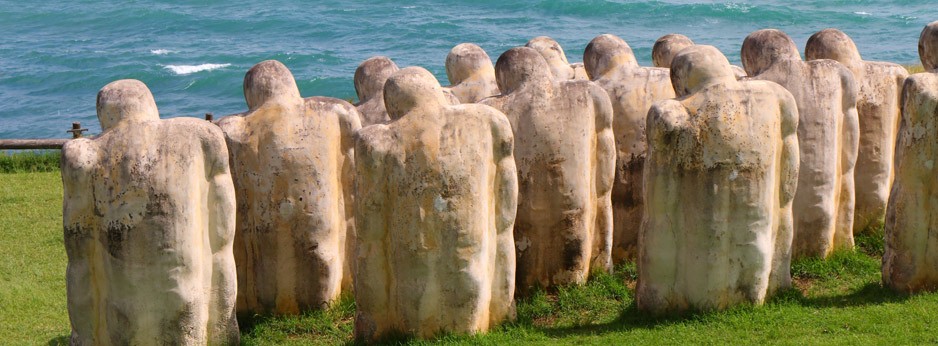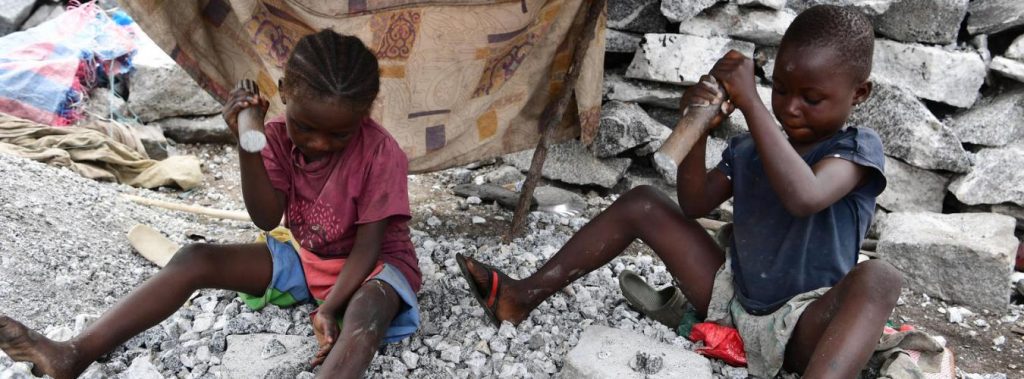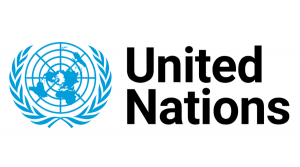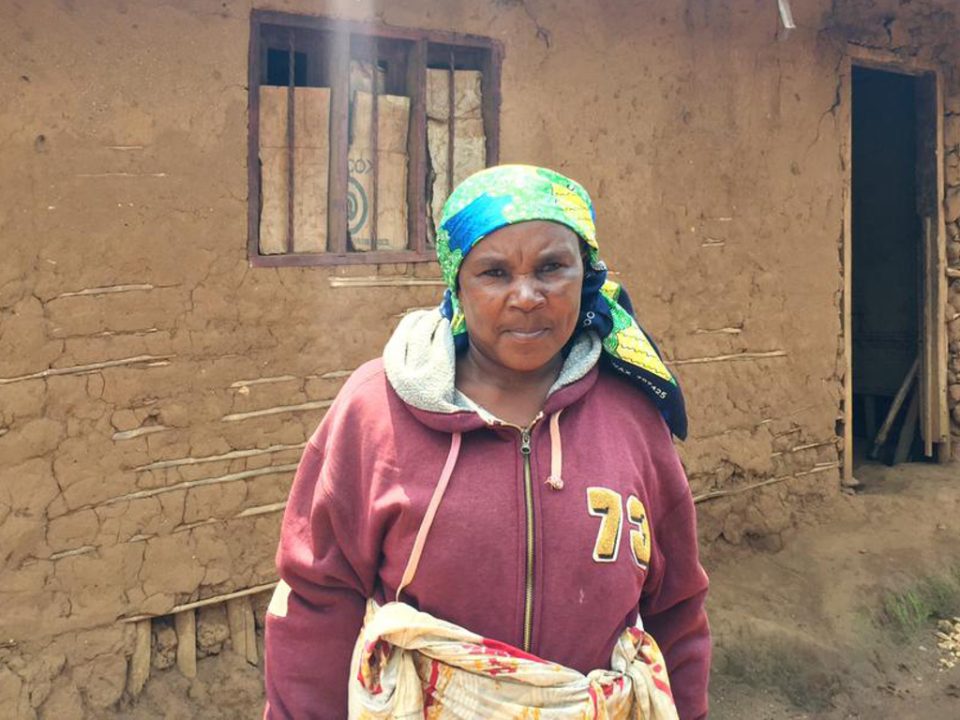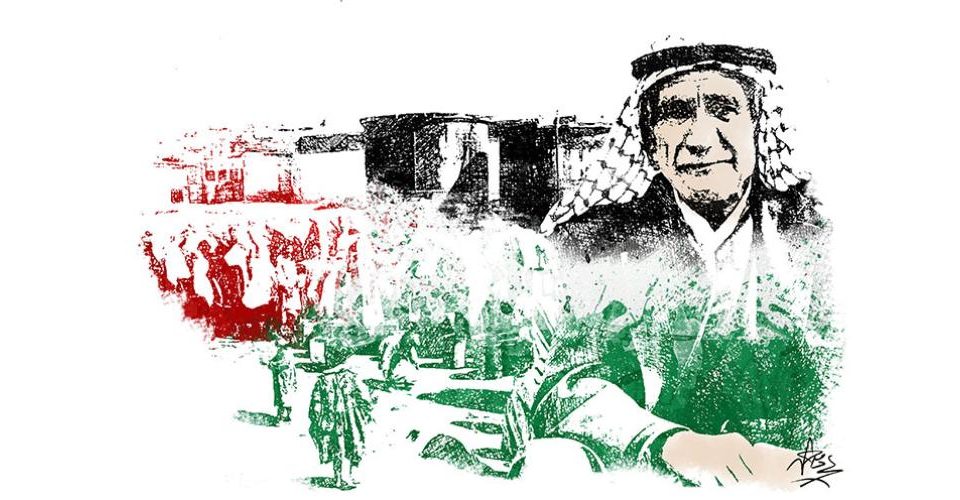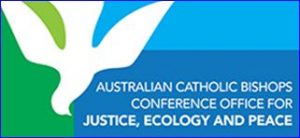
Slavery is not something from the past. According to the International Labour Organisation (ILO) more than 40 million people worldwide are victims of modern slavery. ‘Modern slavery’ is an umbrella term referring to practices such as forced labour, debt bondage, forced marriage, and human trafficking. These practices place people in situations of exploitation that they cannot refuse or leave because of threats, violence, coercion, deception, and/or abuse of power.
The Australian Government has enacted laws aimed at stamping out modern slavery, including by eliminating it from the supply chains of Australian businesses and organisations.
Action
Is your organisation required to submit a Modern Slavery Statement? Check out the guidance for entities that are required to submit such statements here.
Did you know that the Archdiocese of Sydney has an Anti-Slavery Taskforce? It provides education, guidance and advice to help Church entities to ensure that they are not unwittingly involved in modern slavery and to meet their legal reporting obligations.
Find out more about the United Nations’ celebration of the International Day for the Abolition of Slavery.
www.socialjustice.catholic.org.au
Click here to read more on Modern Day Slavery Snapshots (ACRATH)

